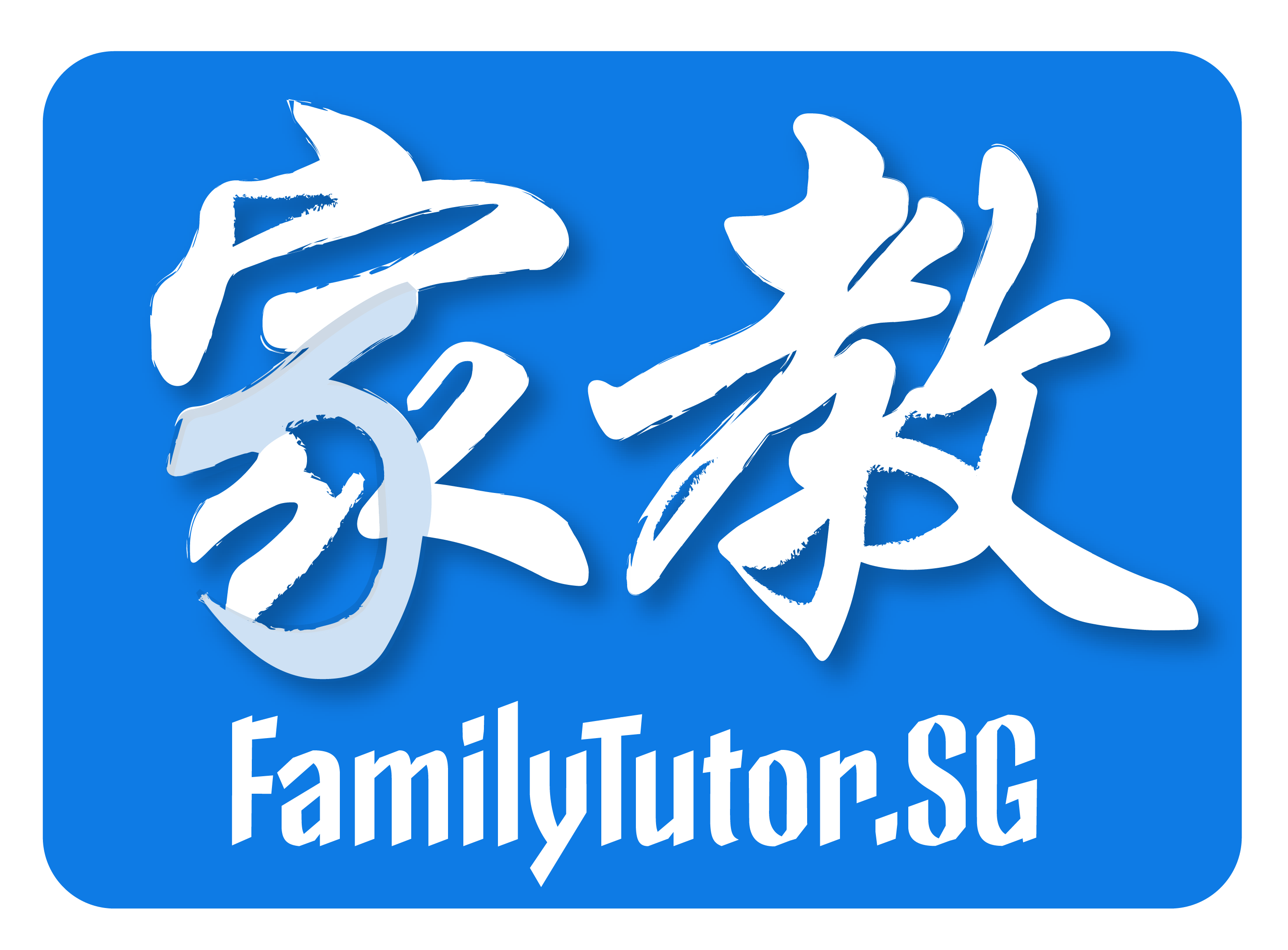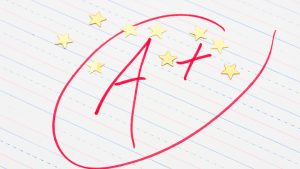
Teaching Different Learner Types
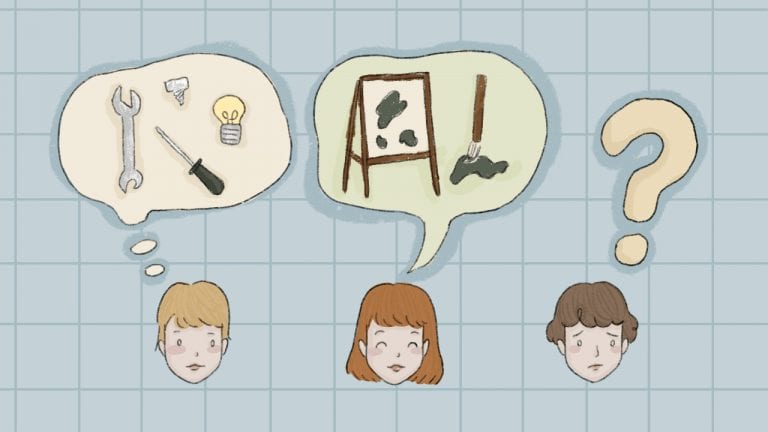
It’s important to remember that every student learns differently from those around them. There are factors that each student finds challenging while there are also factors that he/she finds easy to grasp. Because everyone learns differently, a one-size-fits-all teaching method is sometimes ineffective. This usually happens in schools as there is a large number of students per teacher, and can result in some students falling behind their lessons or being unable to catch up with their peers. So, it is important for tutors to understand the distinct types of learners and adapting their teaching method in order to effective give tuition.
As stated before, classrooms have a larger number of students per teacher. Usually, there are more than twenty-something students per one teacher for a subject. It can be difficult for the teacher to constantly change or modify the teaching method per lesson to cater to all the learning styles of students. This is why, teachers often use the teaching method that appeals to the majority of students. This idea may work in some instances, however, as mentioned before, there is also the inevitability that some students may not be able to catch up because the method used is ineffective for them.
However, this isn’t the case in 1-to-1 tuition. One of the main advantages of home tuition that greatly helps students is that lessons are personalized. This means that the home tutors in Singapore really aim to construct their lessons according to the student. Their learning style, pace, and, even schedule are all highly considered in making the lessons for them. Additionally, tutors also concentrate on student’s weaknesses and help overcome them. This allows the student to concentrate more on their own learning without worrying if they are catching up or at the same pace as their classmates. They can also develop their self-confidence through the boost that their improvement provides them.
Teaching the most common learner types
In this article, we’ll only be tackling the three most common types of learners. Of course, there are many types of learners and there is also the concept of multiple intelligences. However, since these are the most commonly seen ones, tutors will be able to craft lessons around them and then, maybe further on, they can modify the lessons in order to fit the learner’s type better.
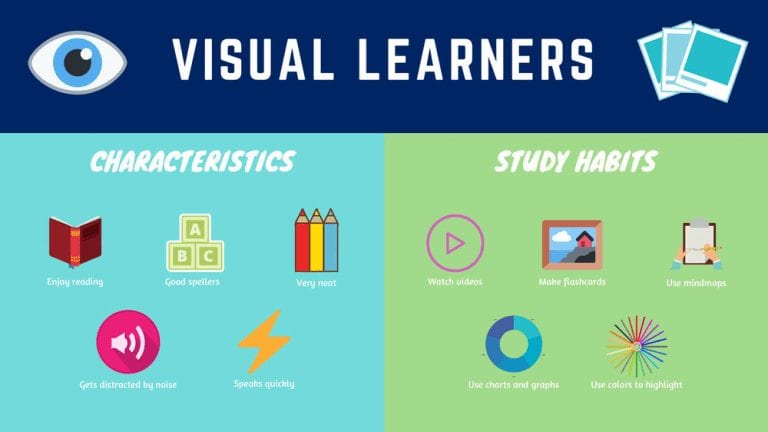
1. Visual learners
Visual learners, as the term suggests, learn best through visuals. They also retain information better through visual information. It is important for them to see information and have the opportunity to analyze the relationships between several ideas. Visual learners tend to lean more on “showing” them how it’s done. They will learn more through demonstration or modeling rather than hearing someone give them instructions or reading off instructions on how to do something.
Although words may be considered “visual”, some visual learners may have a difficult time grasping ideas through words alone. This is why it’s important for them to be given examples accompanied by illustrations or models.
Suggestions to support visual learners
• Use visual aids
As stated before, visual learners learn better through illustrations to determine relationships between ideas. Some of the visual aids that can help them includes graphs, diagrams, photos, and even videos. Since visual learners also learn better through demonstrations, videos also help them see how things are done in action.
• Highlight keywords
Tutors should avoid giving learners a large block of text if they want them to retain information. Large chunks of text will overwhelm most students. Instead, opt to use highlighters or colors to point out the keywords or key phrases in the text so students will focus more on them. Additionally, instead of using more texts, tutors can use flow charts or pictures with minimal text to teach students like this.
• Avoid speaking too fast
There are instances wherein tutors will have to give information through discussions. For visual learners, this shouldn’t be practiced a lot since it will ultimately be ineffective for them. If it can’t be helped, tutors should keep in mind that visual students are more inclined to visuals. Talking slower will give them ample time to take in what the tutor is saying.

2. Auditory learners
Auditory learners prefer to receive information by hearing it rather than reading it or watching it. Learners like this tend to remember information that they hear and can retain as much as 75% of it. Contrary to visual learners, they may use phrases such as “Tell me how to do it.” instead of asking to be shown how to do it. Aside from the ability to retain more information through hearing it, they can also focus for longer periods of time or have longer attention span than other types of learners. As tutors, you’ll be able to determine an auditory learner because they tend to ask more questions based on the information you’ve told them and discuss what they hear from the tutor.
Suggestions to support auditory learners
• Set lessons in a quiet environment
While it is an auditory learner’s strength to stay focused during longer periods of time, it can also become their weakness if the environment they are studying in is not conducive for learning. If the tuition happens in areas that anyone can walk in, such as dining rooms or living rooms, they can easily become distracted by the noise. It’s important for students to learn in a place that is peaceful and lacks any sort of distraction.
• Read to them
Since auditory learners learn best through hearing, they will also retain information more when they are being read the material containing the information rather than reading it themselves. This doesn’t mean they should be discouraged from reading though. But if tutors want to maximize their learning on a topic, they can do this along with other support methods.
• Converse with them about the subject
It is advised that tutors be open to questions and as auditory learners are more prone to questions about what they hear, it’s also good to encourage them to voice out their opinions or questions on a topic or subject and in turn, the tutor can also ask them a variety of questions verbally.
• Encourage voicing out their lessons when studying
Another thing auditory learners may find useful is reading out loud their notes when they are studying. It doesn’t have to be really loud, just enough for them to hear the information again. Since audio appeals more to them, they will be able to remember their own notes quicker to help them get ready for their exams.

3. Kinesthetic learners
Kinesthetic learners like to move around. This means that for lessons, they prefer for physical and hands-on activities. They learn best by carrying out the task rather than hearing or seeing how it is done. They find it difficult to follow through visual aids or hearing instructions, instead they want to try the activity firsthand. It’s usually kinesthetic learners who are the ones to pick up something without looking at the instructions first. They will be able to learn something new by doing it themselves and learning the process as they go. Tutors may also identify kinesthetic learners to be the students who can’t sit still for long periods of time, high in energy, and prone to fidgeting in their seats like tapping their foot or drumming their fingers.
Suggestions to support kinesthetic learners
• Using role plays or games
Since they like to move around, learners such as this will be more interested in games. Tutors can incorporate games in their lessons or even use games to teach the lesson. Additionally, they can also use role-playing to act out concepts which will help the students. Role-playing is fun way for kinesthetic learners to learn while still having fun.
• Provide breaks
If the student has trouble staying still, they will also have trouble keeping their focus on the lesson. By providing regular breaks between lessons to give them time to move around, tutors will be able to help them use their energy and keep their attention on the lesson also. Once they’ve moved for an interval, they can then go back to the lesson since their energy has been used for the time they’re allowed to move around.
• Use concrete examples
Because students like this aren’t inclined to visual aids or hearing information, tutors can use concrete materials and objects to demonstrate. These concrete examples will allow the student to use their senses. If tutors want to go further, they can take the students outside in order for them to experience the concepts firsthand. They can bring students to museums, zoo, etc.
Conclusion
There are many other types of learners out there. The three stated above are just some of the most common and generalized group of learner types. However, tutors must also remember that a student doesn’t just learn under one type. They can be a combination of two or even three. What the tutor can do is to determine the learning style and type of the student to help them improve and progress to reach their academic goals.

Carelle
Carelle is a teacher who has been through the ups and downs of the teacher and learner life. She wishes for every learner to gain educational satisfaction that will help embody the people they want to be in the future.
Tell Carelle Below What You Think About Her Post!
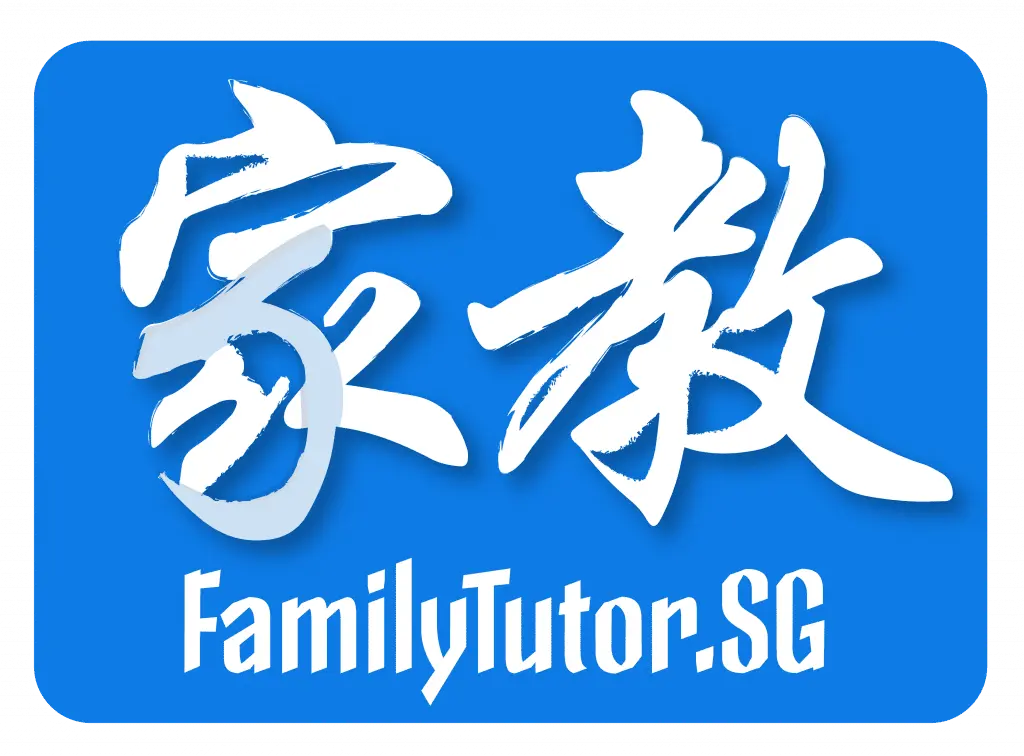
About FamilyTutor!
FamilyTutor is an established home tuition agency in Singapore! We match suitable home tutors for our clients not just to improve the students' academic grades, but also to build a strong rapport and meaningful relationship with the students and even the their whole family. FamilyTutor put every student in good hands!
If you need an excellent home tutor, feel free to call/WhatsApp us at +65 8777-2168! Our matching service is free!
Related Posts!
Follow Us On Facebook!
Our Service!
- Home Tuition in Singapore
- Home Tutor in Singapore
- Home Tuition Rates in Singapore
- Preschool Home Tuition
- Primary School Home Tuition
- PSLE Home Tuition
- Secondary School Home Tuition
- ITE Home Tuition
- N Level Home Tuition
- JC Home Tuition
- A Level Home Tuition
- Polytechnic Home Tuition
- University Home Tuition
- A-Math Home Tuition
- Biology Home Tuition
- Chemistry Home Tuition
- Chinese Home Tuition
- Economics Home Tuition
- English Home Tuition
- Geography Home Tuition
- H2 Chemistry Home Tuition
- Higher Chinese Home Tuition
- Hindi Home Tuition
- History Home Tuition
- IB Chemistry Home Tuition
- IP Chemistry Home Tuition
- IP Math Home Tuition
- IP Home Tuition
- JC Chemistry Home Tuition
- Literature Home Tuition
- Malay Home Tuition
- Math Home Tuition
- O Level Chemistry Home Tuition
- O Level Math Home Tuition
- O Level Physics Home Tuition
- Online Home Tuition
- Physics Home Tuition
- POA Home Tuition
- Science Home Tuition
- Tamil Home Tuition
Education Levels
National Exams
Math & Science Subjects
Language Subjects
Japanese Tuition
Korean Tuition
German Tuition
Humanities Subjects
Social Studies
Chinese Literature Tuition
About Us
FamilyTutor is an established and the people’s favourite home tuition agency in Singapore! We match a suitable tutor for you not just to improve the student’s grade, but also to build a good rapport and meaningful relationship with the student and even with the student’s whole family! With FamilyTutor, every Singaporean son & daughter is in good hands.
Contact Us
- 8777 2168
- 8777 2168
- Mon-Sun 9am-10pm (Including PH)
- contactus@familytutor.sg
- 17 Petir Road Singapore 678278
